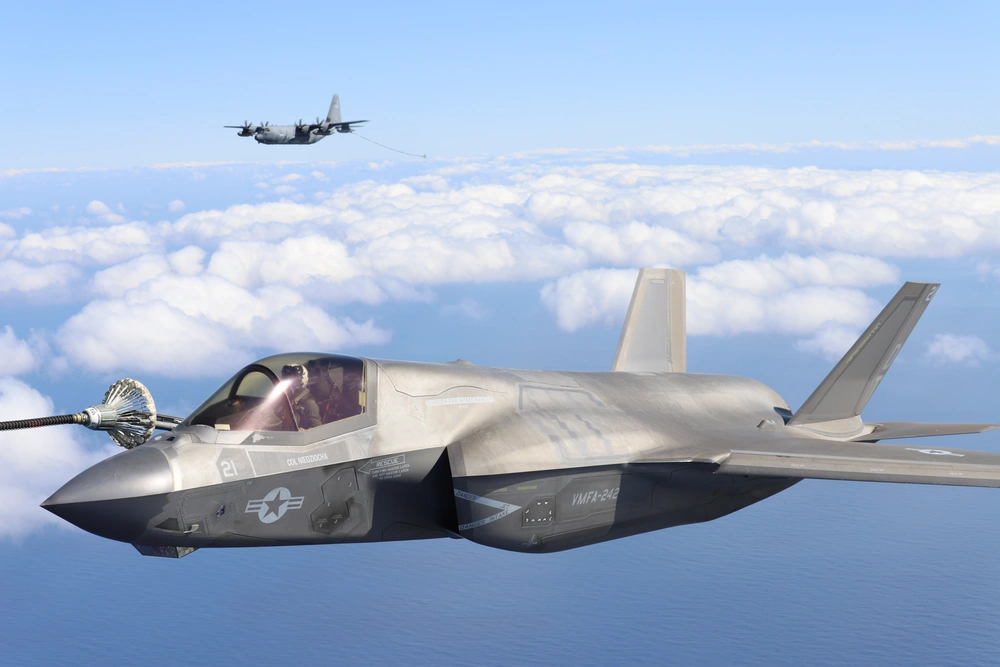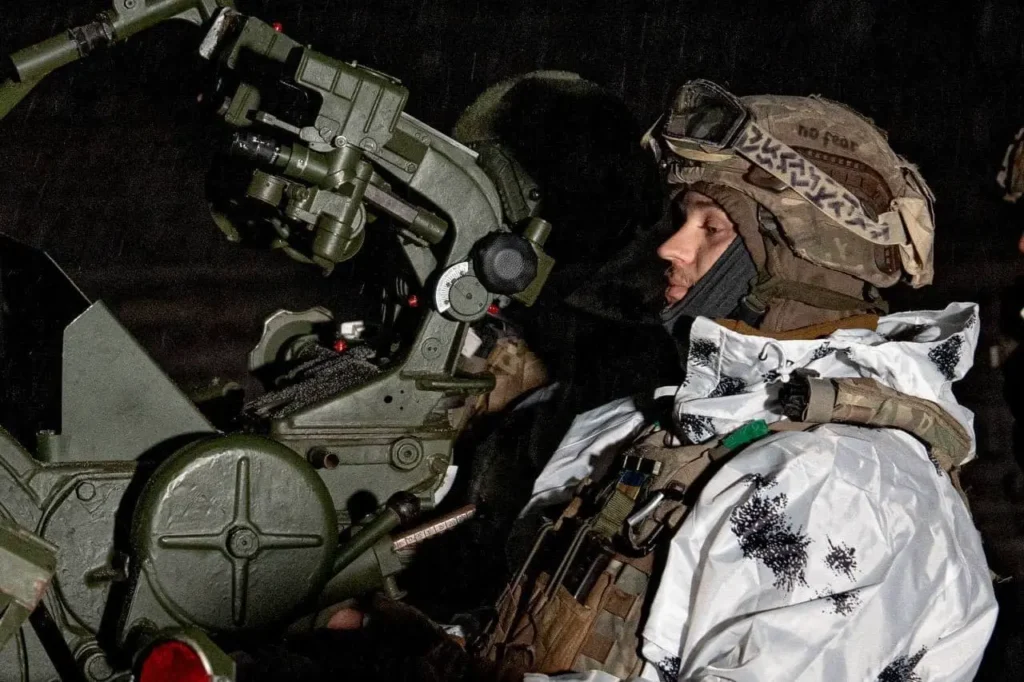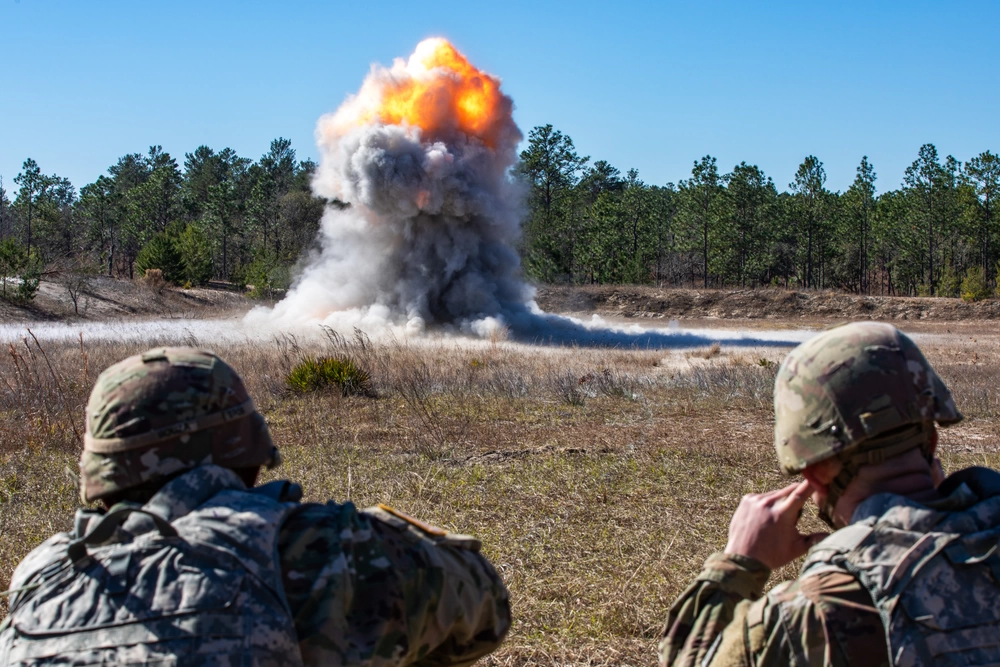Air superiority is a required component in modern warfare
- By Sandboxx
Share This Article

In modern conflict, airpower can win or lose a war. Having air superiority can tip the scale of the fight toward your side – and not having it can be the reason you lose.
To begin with, air superiority does not equal victory. During the Vietnam War, for example, the U.S. military had air superiority over the skies – though often challenged by the North Vietnamese – but failed to defeat the Viet Cong. The U.S. Air Force flew punishing bomb runs against a wide range of targets in North Vietnam, Cambodia, and Laos. But the determined Communist troops adapted, and won.
Similarly, in Afghanistan, the U.S. and its allies enjoyed uninhibited superiority over the skies. The Taliban were only able to shoot down a few helicopters by more luck than skill. And yet, despite the U.S.-led coalition deploying the most advanced fighter jets and bombers in the world, the Taliban prevailed.
These examples notwithstanding, there are dozens of instances where a prevailing military won because it had managed to establish air superiority.
Starting from World War ΙΙ, once Nazi Germany and Imperial Japan lost the ability to meaningfully challenged the Allied powers in the skies, the scale of the war tipped against them. Similarly, during the Falklands War in 1982 between the United Kingdom and Argentina, once the Royal Navy’s aircraft carriers reached the remote islands, the British military was able to establish air superiority over the skies. The Argentinians did not capitulate under a fierce barrage from British Harrier fighter jets. Rather, the Royal Navy and Royal Air Force aircraft defended the British armada from Argentine air attacks, thus allowing the amphibious forces to land and operate.
Most recently, Israel and the U.S. devastated Iran’s nuclear program with precision air strikes. The Israeli Air Force went even further and seriously degraded Tehran’s air power, air defense, and missile capabilities through a combination of air strikes and drone attacks.
In sum, air superiority is a required but not necessary condition for victory on the modern battlefield. As evidenced by the recent strikes against Iran, the U.S. military continues to possess the most advanced air power capabilities in the world. As such, in a potential near-peer conflict with China or Russia, the U.S. military would be in a strong position when it comes to the air campaign.
To be sure, it will be challenging to assert air superiority against near-peer adversaries, especially against the Chinese military. Beijing is investing big in its military capabilities, including in its air power and air defense. Continued investment in cutting-edge programs, like the F-47, Collaborative Combat Aircraft (CCA), F/A-XX, and the B-21 Raider, will ensure that the U.S. military will be able to prevail in the battle for the skies and thus meet a required condition for overall victory.
Feature Image: A U.S. Marine Corps F-35 Lightning II from the 1st Marine Aircraft Wing receives fuel from a MC-130 Commando II assigned to the 353rd Special Operations Wing around the East China Sea, Jan. 30, 2025. The Fixed Wing Air-to-Air Refueling between special operations aircraft and conventional aircraft provide global reach capabilities generating air superiority in the Indo-Pacific region. In support of U.S. Indo-Pacific Command, Special Operations Command Pacific, in conjunction with Pacific Fleet, Pacific Air Force, Marine Forces Pacific and U.S. Cyber Command, conduct air and maritime operations in the East China Sea to increase joint force lethality and readiness and demonstrate peace through strength for a free and open Indo-Pacific. (U.S. Air Force photo by Staff Sgt. Matthew J. Wisher)
Read more from Sandboxx News
- Why the Air Force wants to retire its A-10 fleet early – and why it’s right to do so
- The Air Force wants to give its F-35 a big boost in range
- ‘The Thing:’ a Soviet children’s gift with a sinister purpose
- The unassuming Beretta Model 71 was the pistol of choice for some of Israel’s best units
- How the military has influenced fashion through the decades
Related Posts
Sandboxx News Merch
-

‘Sandboxx News’ Dad Hat
$27.00 Select options This product has multiple variants. The options may be chosen on the product page -

‘AirPower’ Golf Rope Hat
$31.00 Select options This product has multiple variants. The options may be chosen on the product page -

A-10 ‘Thunderbolt Power’ Poster
$22.00 – $28.00Price range: $22.00 through $28.00 Select options This product has multiple variants. The options may be chosen on the product page

Sandboxx
The editorial team at Sandboxx.
Related to: Airpower

Approaching Mach 2 in an F-16: ‘The jet started to shake’

What could ‘security guarantees’ for Ukraine look like?

Ukraine’s electronic warfare fight against Russian drones is so chaotic that its own are getting caught in the crossfire

Explosive mishaps in Delta Force: Learning from mistakes
Sandboxx News
-

‘Sandboxx News’ Trucker Cap
$27.00 Select options This product has multiple variants. The options may be chosen on the product page -

‘AirPower’ Classic Hoodie
$46.00 – $48.00Price range: $46.00 through $48.00 Select options This product has multiple variants. The options may be chosen on the product page -

‘AirPower’ Golf Rope Hat
$31.00 Select options This product has multiple variants. The options may be chosen on the product page -

‘Sandboxx News’ Dad Hat
$27.00 Select options This product has multiple variants. The options may be chosen on the product page
